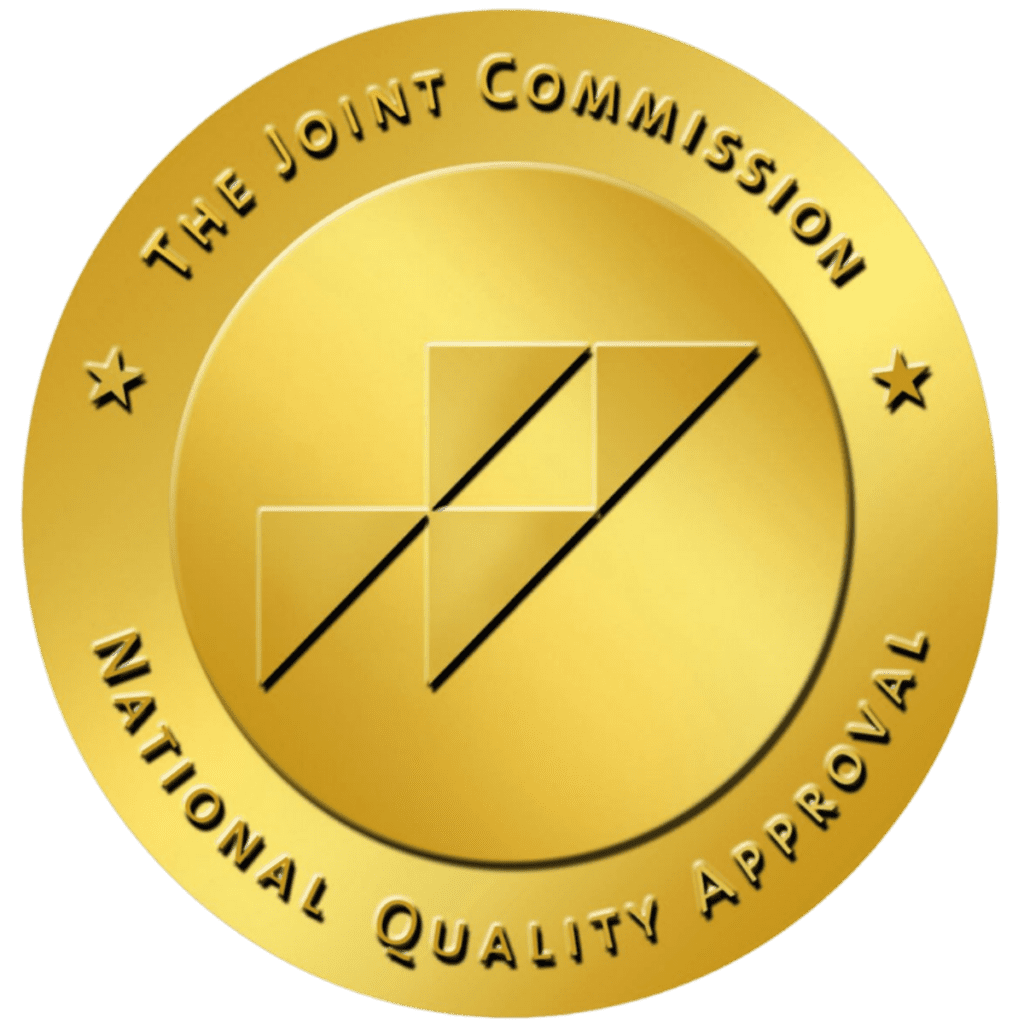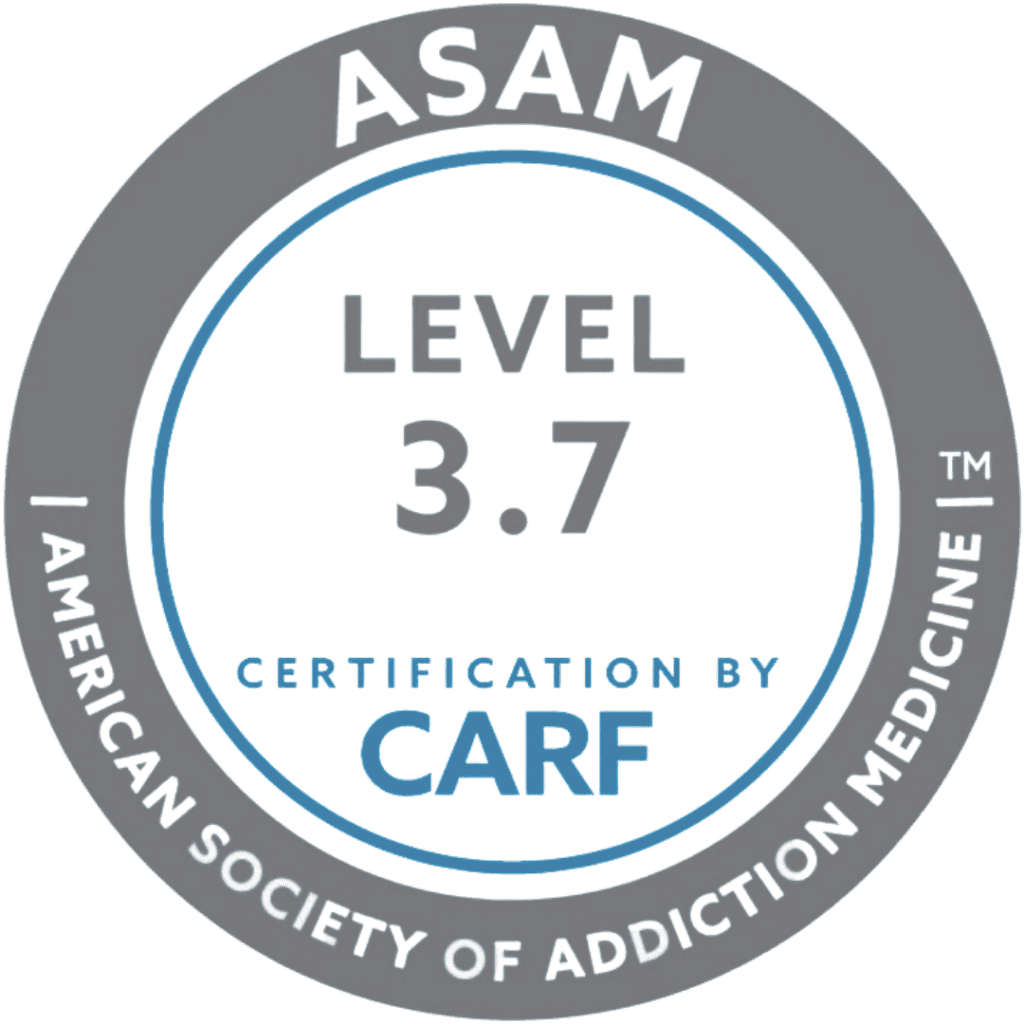Alcohol, both celebrated and criticized, often sits at the center of many debates. It’s commonly known as a party staple, a relaxation aid, and for some, a way to relieve stress. Yet, alcohol’s popularity and social acceptance raises an important question: Is alcohol a depressant?
This question is important for understanding alcohol’s effects on people’s minds and bodies. We’ll explore alcohol as a chemical compound, its impact on the brain and body, and explain why it’s considered a depressant. In doing so, you will gain a better understanding of how alcohol affects mental and physical health.
What Are Depressants?
A depressant is any drug that slows down your central nervous system (CNS). Just a quick recap: the CNS is located in your brain and spinal cord. It’s responsible for detecting stimuli and converting that information into sensory data. It also is responsible for motor skills – how you move the various parts of your body.
Some examples of depressants include:
- Marijuana
- Barbiturates (ex: Nembutal)
- Benzodiazepines (ex: Xanax, Valium)
- Sleeping medications
- Opioids (ex: Oxycodone)
- Alcohol
While alcohol initially seems to have some stimulant qualities in low doses, it is a depressant drug. While alcohol is legal and widely consumed, it, like other depressants, can be harmful or fatal in high quantities. Similar to other depressants, chronic alcohol abuse can lead to addiction and serious health problems.
What Are the Side Effects of Depressant Abuse?
Side effects of abusing depressants include:
- Physical Health Problems — This can include a range of issues from headaches and dizziness to more severe problems like respiratory distress, irregular heartbeat, and seizures. Long-term use can potentially lead to liver damage, lung disease, and other serious health conditions.
- Cognitive and Emotional Issues — Depression, confusion, memory loss, and difficulty concentrating are some of the cognitive and emotional side effects that may occur. These issues can potentially interfere with a person’s ability to function in their daily life.
- Sleep Problems — While depressants are often used to treat sleep disorders, misuse can lead to problems like insomnia. Over time, users may also develop a tolerance, meaning they need to use more of the substance to achieve the same effect.
- Physical Dependence and Withdrawal — Regular use of depressants can lead to physical dependence. This means that a person’s body becomes so accustomed to the drug that they experience withdrawal symptoms if they stop using it. These symptoms can be severe and potentially include fever, nausea, seizures, and hallucinations.
- Overdose — Perhaps the most serious potential side effect is overdose. Because depressants slow down brain activity, taking too much can slow a person’s heart rate and breathing to dangerously low levels. This can potentially lead to coma or death.
- Addiction — Chronic misuse of depressants can also lead to addiction, a serious disease characterized by compulsive drug seeking and use despite harmful consequences. Addiction can have a wide range of negative impacts on a person’s life, including problems with work, school, relationships, and the law.
It’s also important to note that mixing depressants with other substances, particularly alcohol, can intensify these effects and increase the risk of overdose. For example, mixing alcohol with opioids can slow your breathing to dangerously low levels.
If you’re concerned about yourself or someone else who may be struggling with depressant abuse or alcohol addiction, don’t hesitate to reach out for help. Recovery is possible with the right support and resources.
Get confidential help from our addiction and mental health treatment facilities located across the United States. Call to join one of our quality programs today!
Speak With Our Admissions TeamWhy Do People Use Alcohol?
There are a variety of reasons people may drink alcohol. Sometimes people do it for ceremonial purposes – a child’s baptism, or a wedding, for instance. Other times, it’s to socialize, such as when people get together with friends at bars to have drinks. In these situations, people sometimes abuse alcohol – this is known as binge drinking. Young people are especially likely to do this due to their susceptibility to peer pressure.
Some people abuse alcohol habitually due to alcoholism, known in the medical community as alcohol use disorder (AUD). Mental illness is a major contributing factor to a person’s likelihood of suffering from AUD. In fact, 27 to 40 percent of cases of alcohol dependence involve mood disorders.
Who Is at Risk for Alcohol Abuse?
Anyone can suffer from alcohol abuse and addiction. The biggest risk factor for alcohol addiction is binge drinking. Binge drinking is defined as consuming 5 or more drinks on a single occasion for men and 4 or more for women. Doing this repeatedly significantly increases the risk of developing AUD. However, some people may be at higher risk than others.
Risk factors for alcohol abuse and addiction are:
- Age — Studies show young people are vulnerable to alcohol abuse and addiction. This is especially true of young people in college, where binge drinking is prevalent.
- When You Begin Drinking — The earlier you drink, the more likely you are to develop AUD later in life. This is especially the case for those who begin drinking in adolescence or earlier.
- Mental illness — Mental health issues like depression, anxiety, and bipolar disorder are significant risk factors for AUD.
- Sex — Due to their higher body fat percentage, women absorb alcohol faster than men.
- Family History — Some individuals may be genetically predisposed to alcohol addiction. This means that a history of alcoholism in the family can make a person more likely to develop the condition. Likewise, one’s upbringing can also predispose a person to alcoholism.
It’s important to remember that these factors do not determine whether someone will develop an alcohol use disorder, but they are associated with an increased risk. Just because someone has these risk factors doesn’t mean they will necessarily develop an addiction, and likewise, people without these risk factors can still develop AUD. If you or someone else may be struggling with alcohol abuse, please seek professional help.
Looking for quality treatment for substance abuse and mental health that’s also affordable? Aliya Health Group's treatment facilities accept most major insurance providers. Get a free insurance benefits check now!
Check Your CoverageAlcohol Addiction Treatment
If you or a loved one are struggling with alcoholism, you don’t have to face it alone. We at Aliya Health Group seek to be a beacon, resource, and partner for those struggling with alcohol addiction. We offer affordable and compassionate alcohol addiction treatment, with alcoholism treatment centers all over the country.
There are several alcohol addiction treatment programs, including:
- Alcohol detox
- Residential alcohol treatment
- Partial hospitalization
- Intensive outpatient
- Outpatient alcohol treatment
Each level of care offers unique benefits and serves a specific purpose in the recovery process. It’s important for individuals seeking treatment to work with professionals to determine the most appropriate level of care based on their specific needs and circumstances. With the right level of care, individuals can receive the support and treatment they need to achieve long-term recovery and a healthier, happier life.
Alcohol Detox
Alcohol detox is the first step in treating alcohol addiction and involves removing all traces of alcohol from the body. Due to the risks of life-threatening alcohol withdrawal symptoms like DTs, the detox process can be dangerous and should always be done under medical supervision.
Alcohol detox programs provide a safe and supportive environment for individuals to focus on their recovery without the distractions and temptations of everyday life. These programs typically involve a combination of medication, therapy, and support groups to help individuals through the withdrawal process.
Inpatient Alcohol Treatment
Inpatient alcohol treatment involves living at a rehab facility to receive intensive care for alcohol addiction. This type of treatment is recommended for individuals with severe or long-term alcohol addiction.
During residential treatment, people have access to 24/7 medical and emotional support from trained professionals. They also participate in individual and group therapy sessions to address the underlying causes of their alcohol addiction and develop coping strategies for maintaining sobriety after leaving the program.
Partial Hospitalization
A partial hospitalization program (PHP) is a step down from residential treatment where people still spend most of their day at a treatment facility, but can return home in the evenings. PHPs allow for a gradual transition back into everyday life while still receiving intensive treatment and support.
In this alcohol rehab program, individuals continue to attend therapy sessions and participate in structured activities during the day, but have the opportunity to practice their newly developed coping skills in a real-world setting. They also receive ongoing medical and emotional support from professionals as needed.
Intensive Outpatient Treatment
In intensive outpatient treatment, clients participate in intensive therapy sessions, meeting three to five days a week, with each session lasting three hours. This level of care is a step down from partial hospitalization, requiring less time commitment.
IOPs offer clients the ability to continue their employment or academic obligations, receiving support and therapy as needed as they prepare to reenter society. This way, people can continue recovering from alcohol addiction without putting their daily lives on hold. During an intensive outpatient program, they can continue participating in intense therapeutic interventions like individual and group therapy, skill development, and medication management as necessary.
Outpatient Alcohol Treatment
Outpatient alcohol treatment allows clients to receive care without neglecting their responsibilities at home. It also tends to be significantly more affordable than higher levels of care. Individual therapy, group therapy, and medication management are all commonly offered in outpatient treatment. People typically attend weekly sessions, but the exact schedule may vary depending on the individual’s needs.
Outpatient treatment is often used as a step-down program for those who have completed higher levels of care and are transitioning back to their normal lives. It can also be a starting point for those with less severe alcohol abuse issues. This is because outpatient alcohol rehab offers flexibility and support while still allowing individuals to maintain their independence and responsibilities outside of treatment.
Start Your Alcoholism Recovery Journey Today
If you or a loved one are thinking of seeking treatment for addiction to alcohol but have questions, call us at 888-965-3085 or fill out our secure contact form. Our highly qualified staff will be happy to assist you.















